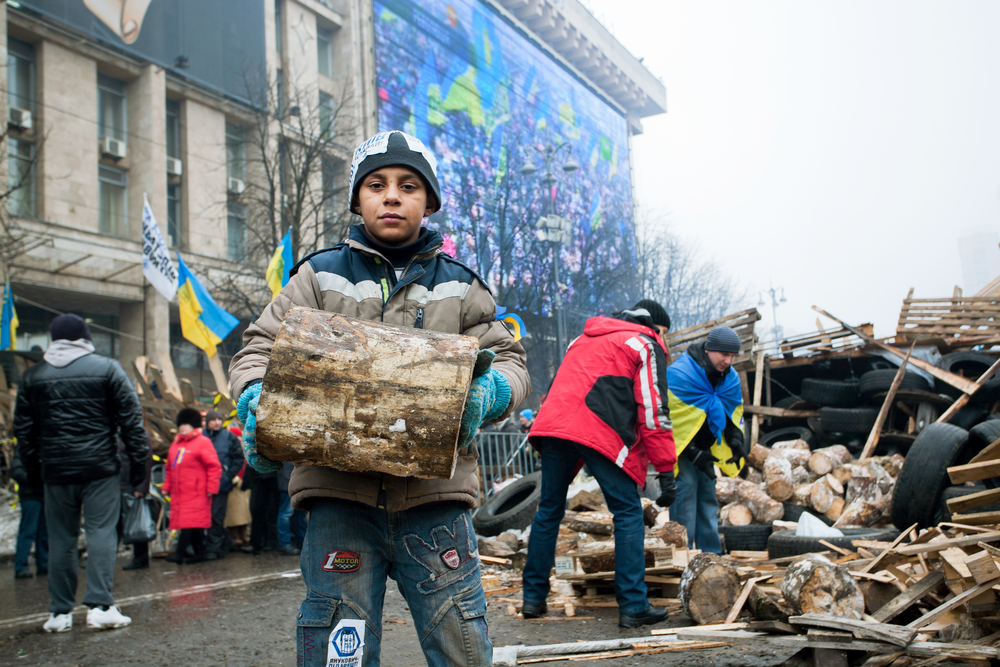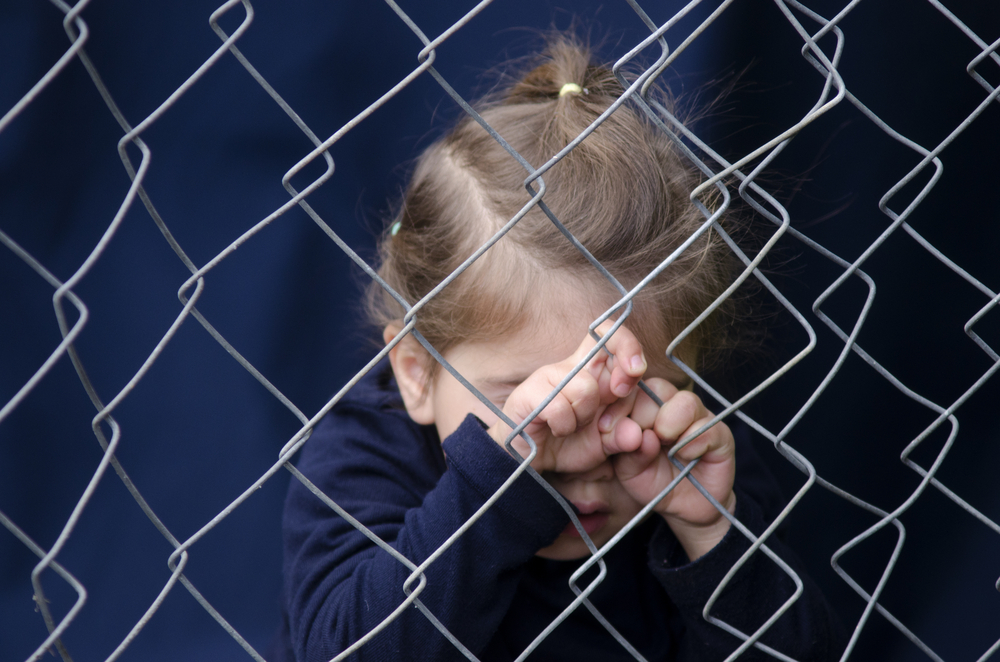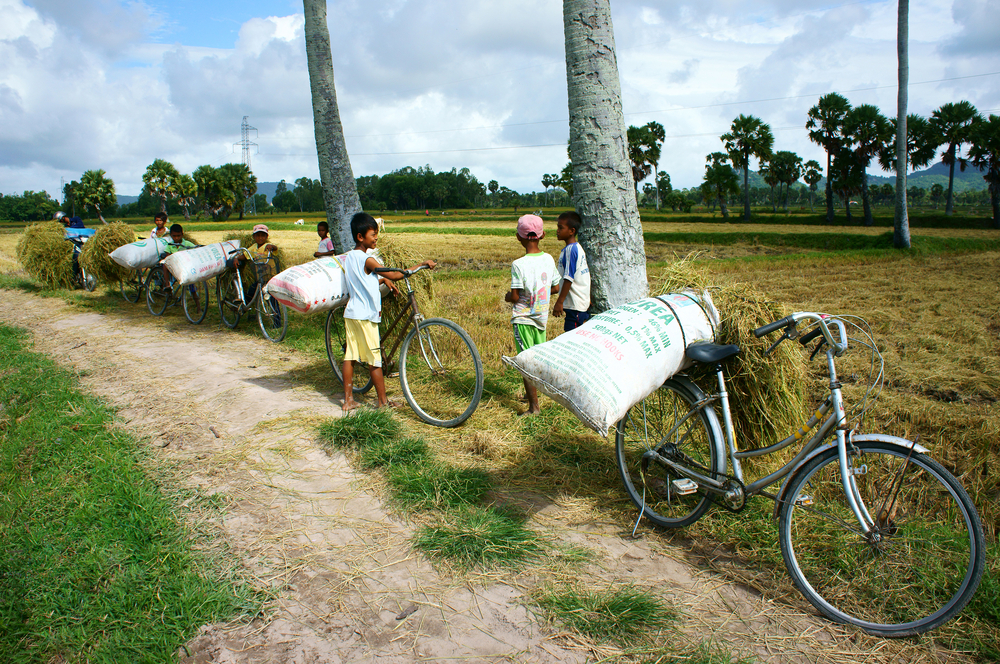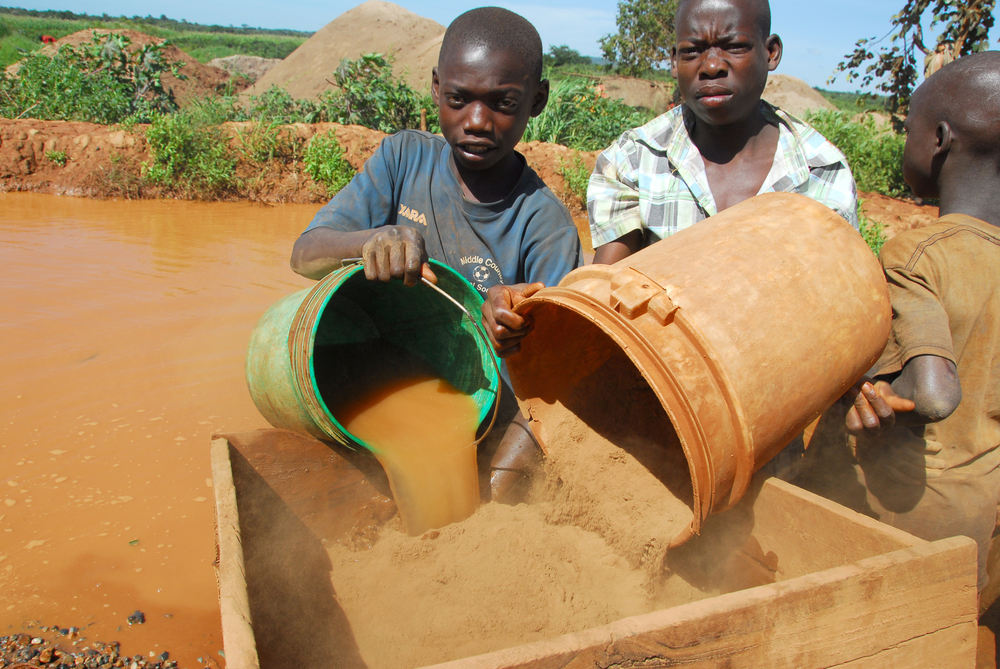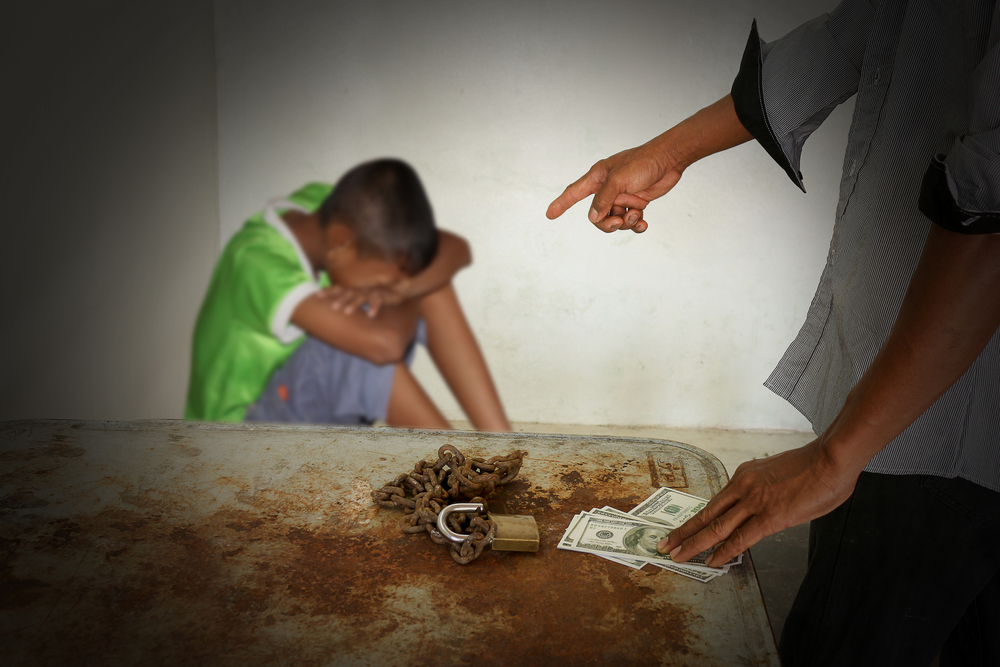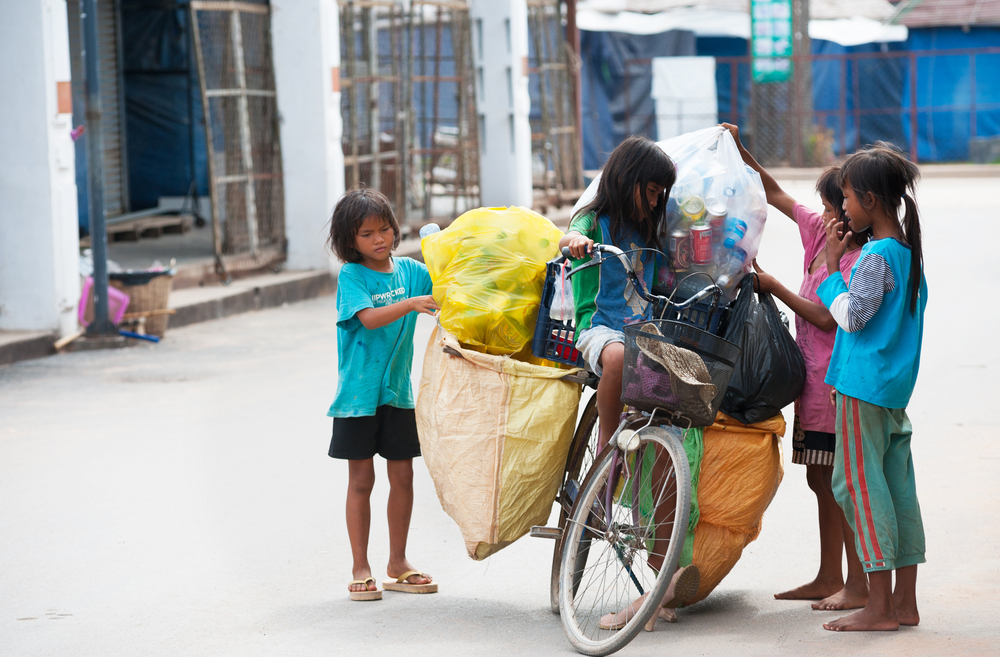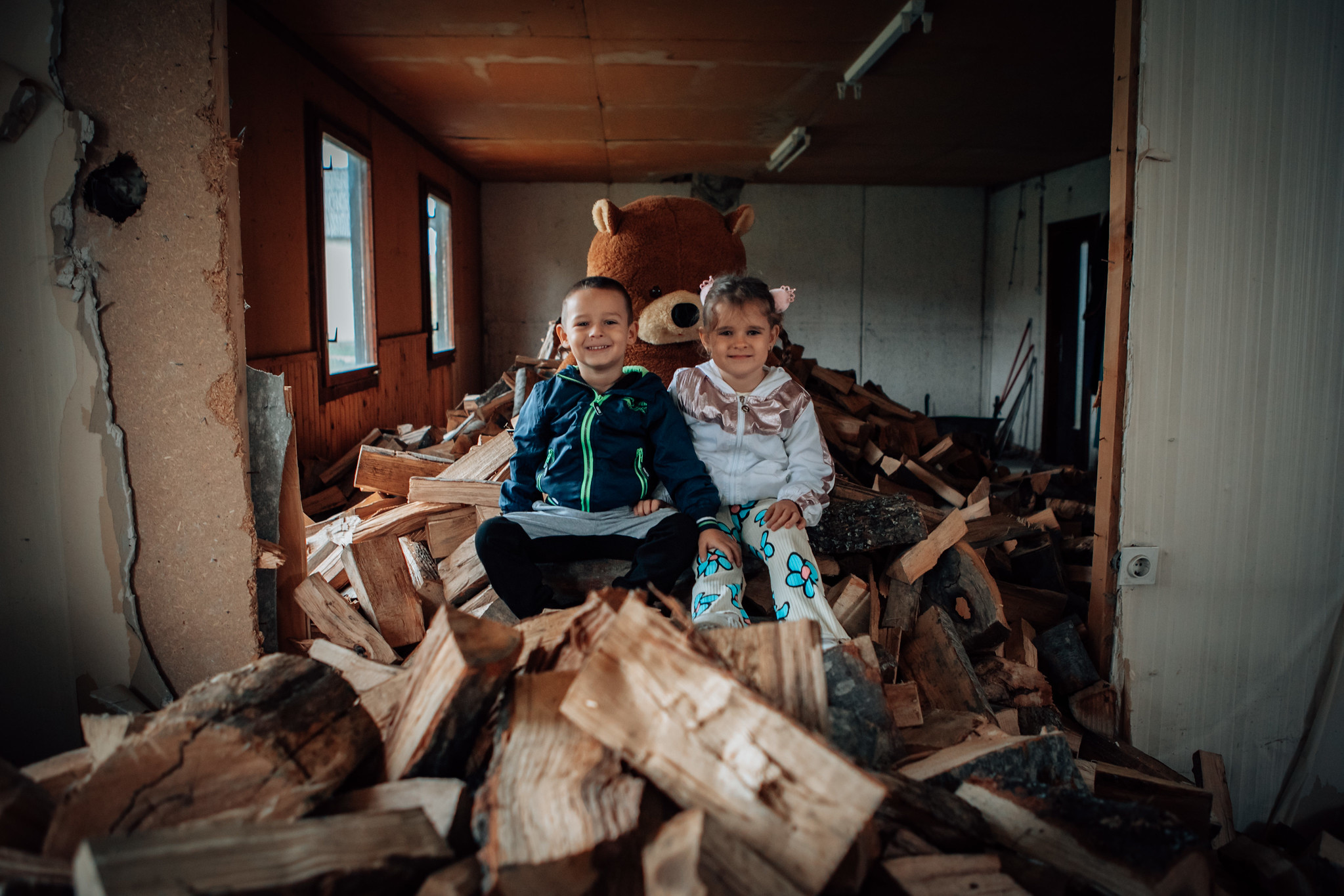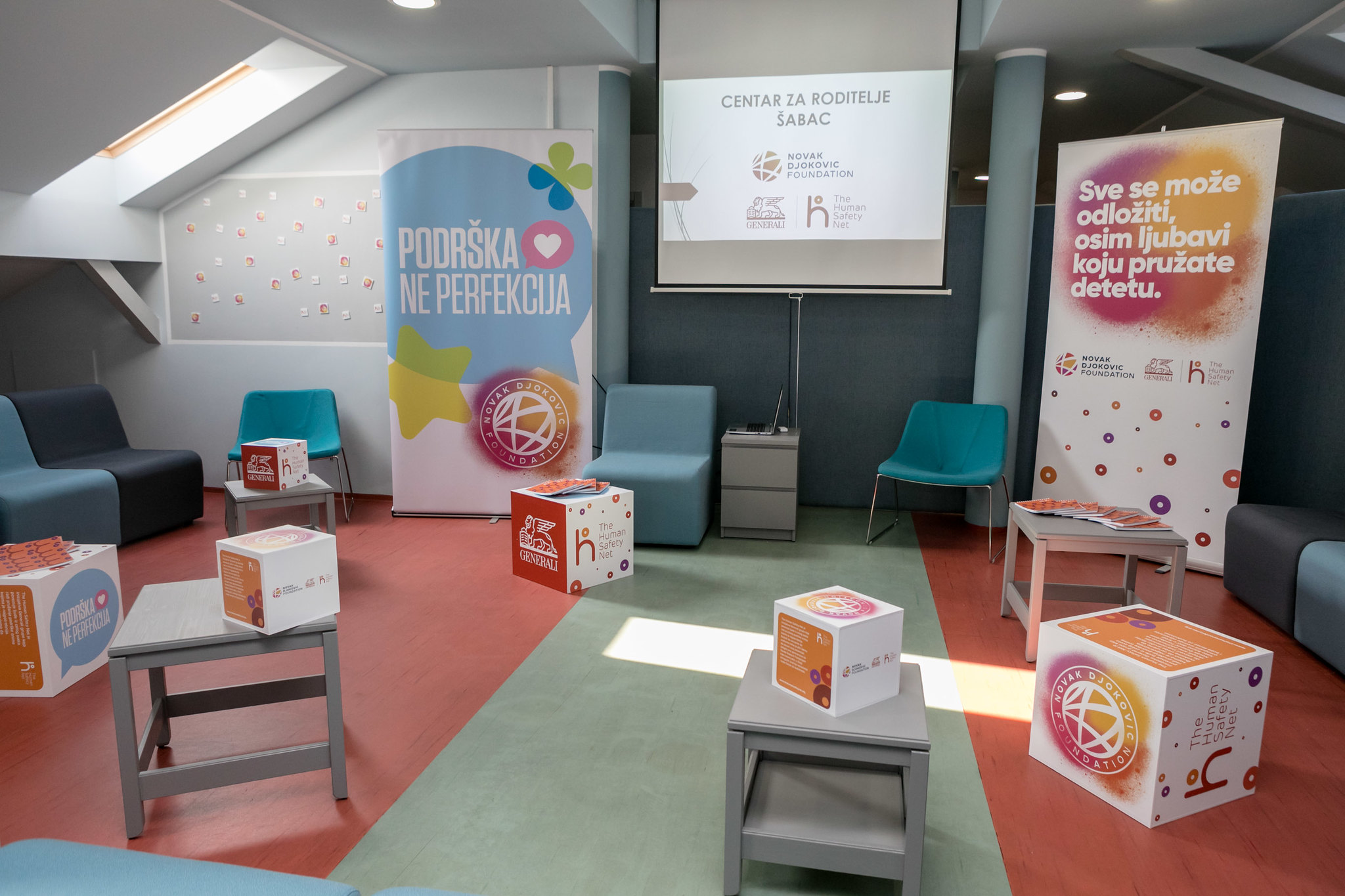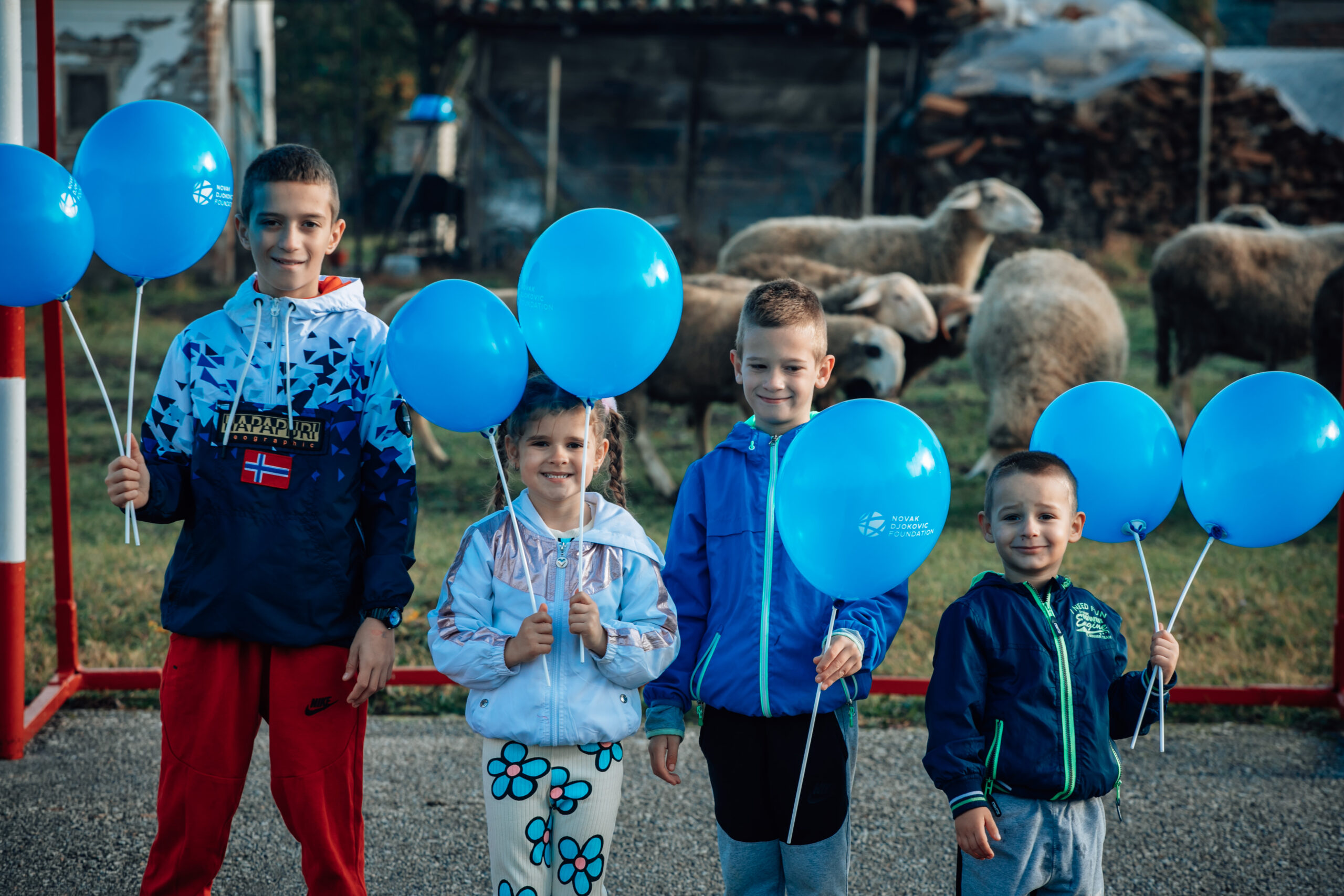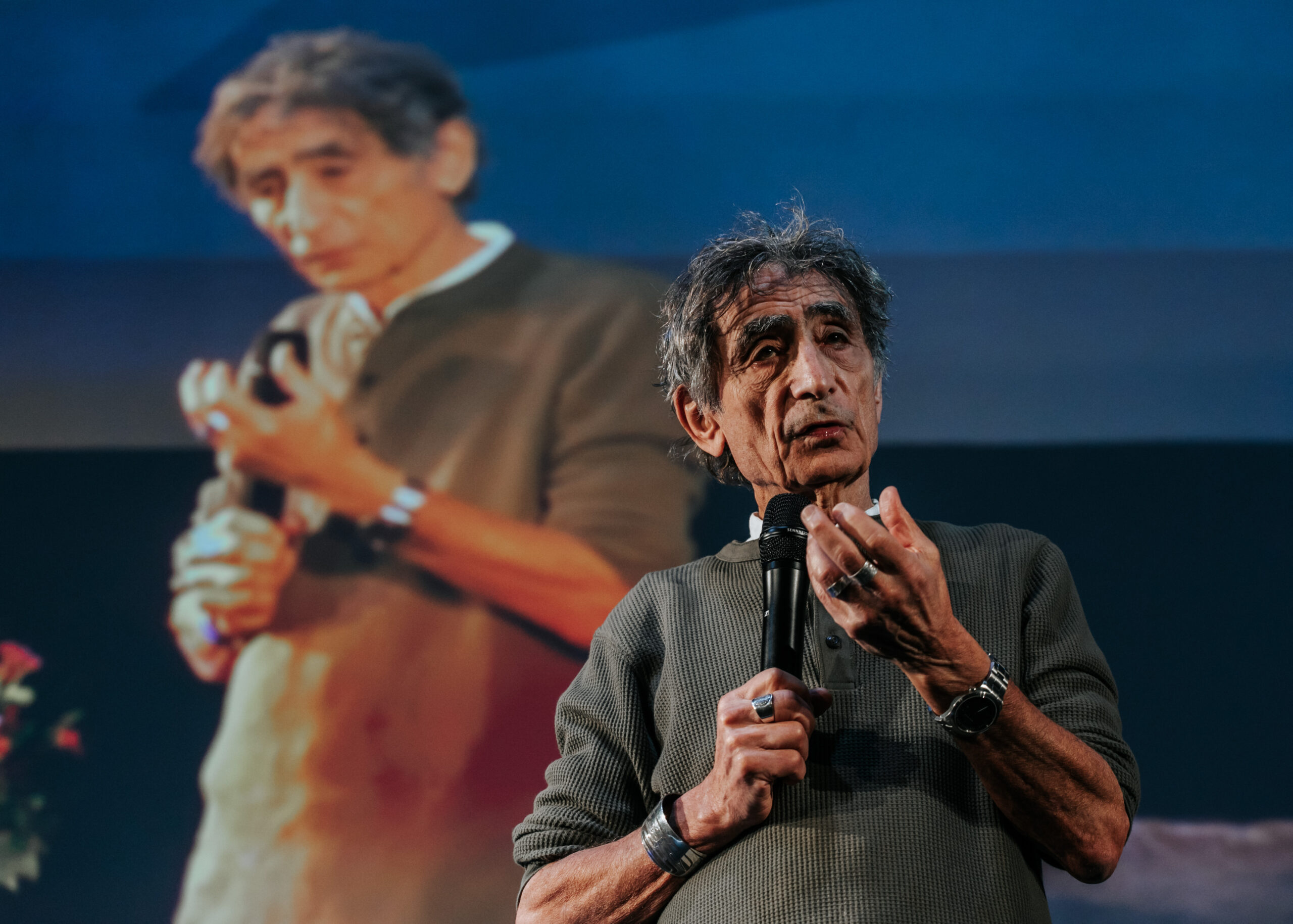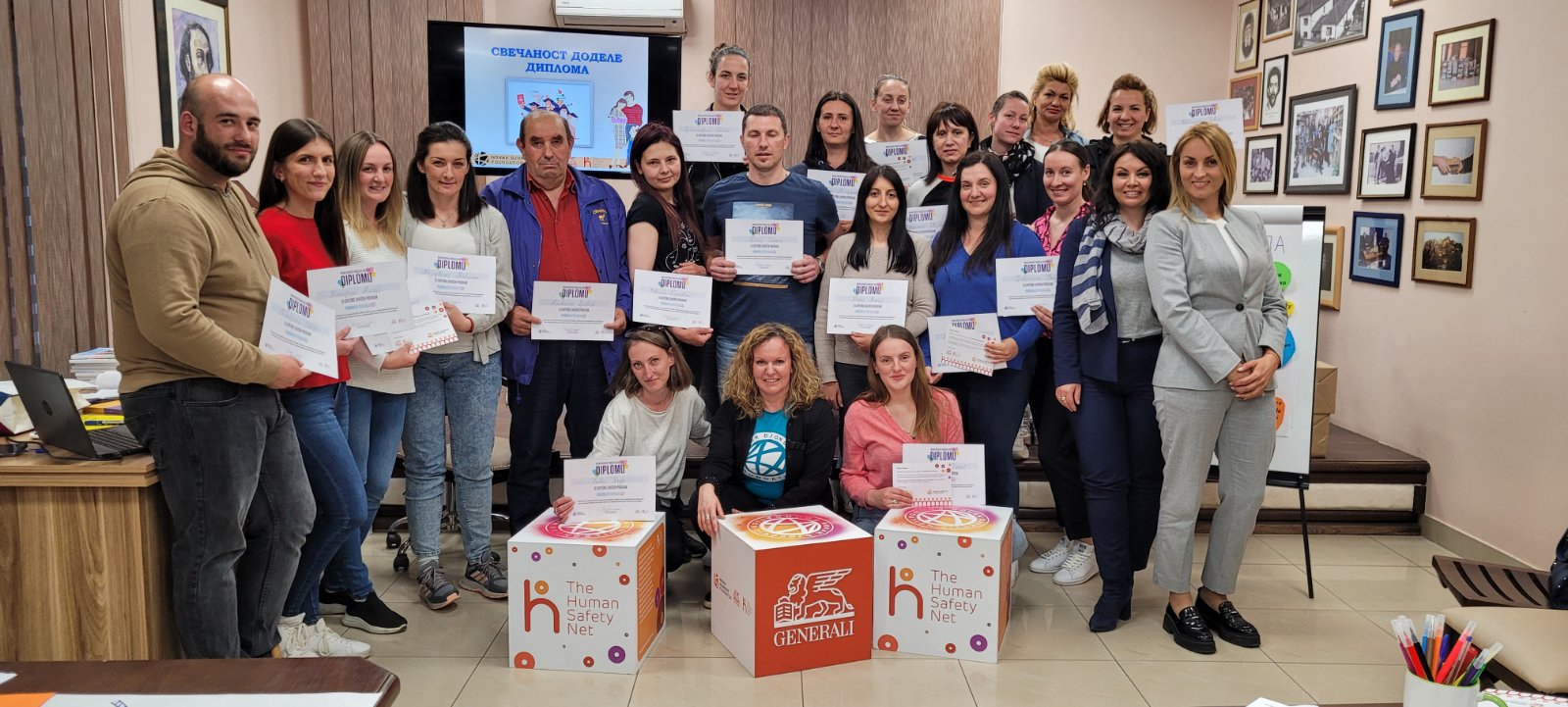On the onset of 1st of May, the International Day of Workers, let us not forget that among the working population of the world, there are many kids.
These kids are not your regular kids that you see on the streets. No! These kids have lived through awful experiences and suffered humiliation, torture, and slavery from the adults who forced them into labour.
Did you know that Unicef estimated that there are 246 million children workers around the world? Around 70 per cent of these kids work under horrific circumstances – including working in mines, working with chemicals and pesticides in agriculture or with dangerous machinery. They are everywhere, but you don’t ever see them, because they are toiling as domestic servants in homes, labouring behind the walls of workshops, hidden from view in plantations.
Many parents in impoverished countries push their children to work out of necessity. Unable to sustain their families on their own, parents feel that they have no choice but to push their children into child labor. Whatever the reasons that pushed them into child labour, the indomitable truth is that these kids are suffering. Every day… Every second.
They will never have proper childhood or life like kids growing up in developed societies with firm laws protecting them from ever being used as a workforce.
[divider]
Here are some horrible examples of child labour, happening in the rest of the world:
Ivory Coast, Chocolate Industry
Chocolate’s billion-dollar industry starts with workers like Abdul. He squats with a gang of a dozen harvesters on an Ivory Coast farm. Abdul holds the yellow cocoa pod lengthwise and gives it two quick cracks, snapping it open to reveal milky white cocoa beans. He dumps the beans on a growing pile.
Abdul is 10 years old, a three-year veteran of the job.
He has never tasted chocolate.
In places like Ghana and the Ivory Coast, where 60 percent of the world’s cocoa is produced, illegal child labor is carried out on a daily basis. Some children have parents which are cocoa farmers, but others are trafficked and forced into a life tending the fields.
The estimated 500,000 child slaves working in the cocoa fields live in depressing conditions. Often orphaned or homeless, they are smuggled by force or by promises of a better life. The children are so small that many tasks can’t be done without injury, like cutting grass with a machete.
Tanzania, Children Gold Miners
Children as young as eight years old are working in Tanzanian small-scale gold mines, with grave risks to their health and to their lives.
Children dig and drill in deep, unstable pits, work underground for shifts of up to 24 hours, and transport and crush heavy bags of gold ore. Children risk injuries from pit collapses and accidents with tools, as well as long-term health damage from exposure to mercury, breathing dust, and carrying heavy loads.
The first phase of small-scale gold mining involves manually digging pits ranging from a few meters to up to 70 meters deep.
It’s hard work. It’s hard rock. It’s hard to break. Yesterday was the first day I did it. My hands are aching – said an 11-year-old boy, Jalil H.
When I was digging one of the rocks, the rock hit my hand. There is a scar. I found a piece of cloth to cover it and continued.
While most children dug with shovels, hammers, and picks, a few said they used drills. This tool is particularly dangerous because it is heavy and flings stones into the surrounding area.
India, Child Slavery
Rescued from forced employment, 13-year-old Lakshmi is frail and frightened. She was abducted four years ago from her village in north-east India.
Until her rescue, she had been working in people’s homes across West Delhi – cooking, cleaning and taking care of other children.
I was not allowed to rest. If I did something wrong or it was not what they wanted, they hit me.
If I wanted to sit down for a bit because I was so tired, they would scream at me.
I was never allowed to leave the house, so I didn’t realise that I’m in Delhi. My employers told me that we are in Madras in South India.
The cheapest and most vulnerable workforce are children – girls in particular. So the demand for cheap labour is contributing to trafficking of children from remote parts of India to big cities.
Here are some other terrible child labour facts, according to borgenproject.org:
- Australia annually imports $16 million worth of tobacco produced by child labor, including tobacco produced in the U.S. Tobacco cultivation is extremely labor intensive and children are often subjected to serious health risks including nicotine poisoning. Most cigarette smokers in Australia are unaware of the origins of the tobacco they consume.
- According to the ILO, 168 million children worldwide are engaged in child labor as of 2013.
- Of these 168 million children, 85 million are engaged in what the ILO deems “hazardous work.”
- According to a study conducted by the ILO in 2004, the benefits of eradicating child labor would “outweigh costs by nearly six to one.”
- The sub-Saharan African region has the second highest number of child laborers in the world; about 59 million in 2012. According to the Pew Research Center, children aged five to 17, or 21.4 percent, are involved in child labor while 10.4 percent are engaged in hazardous work.
- Agriculture accounts for 60 percent of child labor according to the ILO.
- Only one out of five children involved in child labor is paid for his or her work.
- The majority of children in child labor perform unpaid family work.
- The 10 countries that Maplecroft listed as the worst countries for child labor in 2012 included Pakistan, Afghanistan, North Korea and Myanmar. The other six countries were all in Africa: Sudan, DR Congo, Somalia, Ethiopia, Burundi and Zimbabwe.
- About 60 percent of children in Ethiopia are engaged in some form of child labor. Many of these children work in the mining industry; an industry that poses some of the biggest dangers for child laborers.
Let’s unite and stop child labor from happening! School is the best place for kids to work.
See how you can help: StopChildLabor, LaborRights, InternationalLaborOrganization (ILO) and many more.

